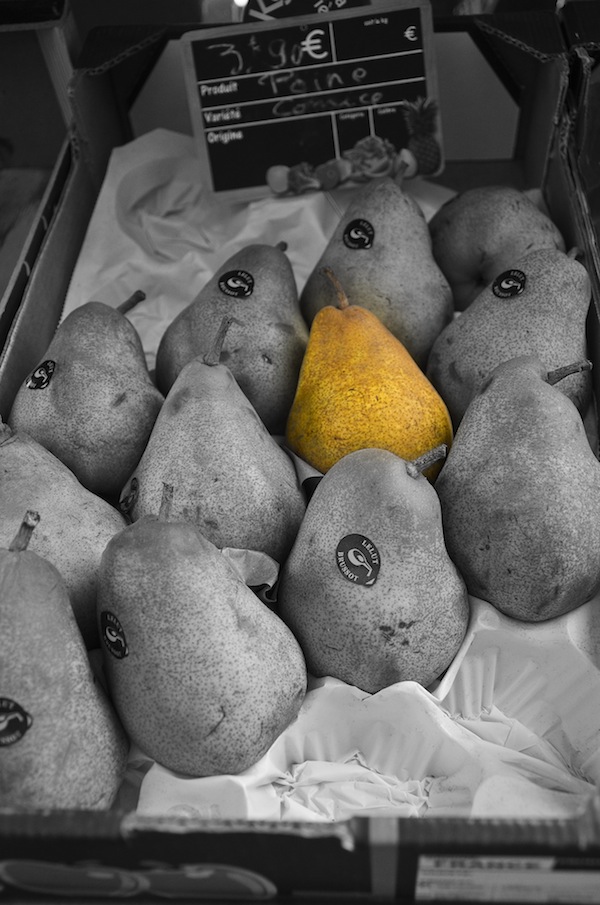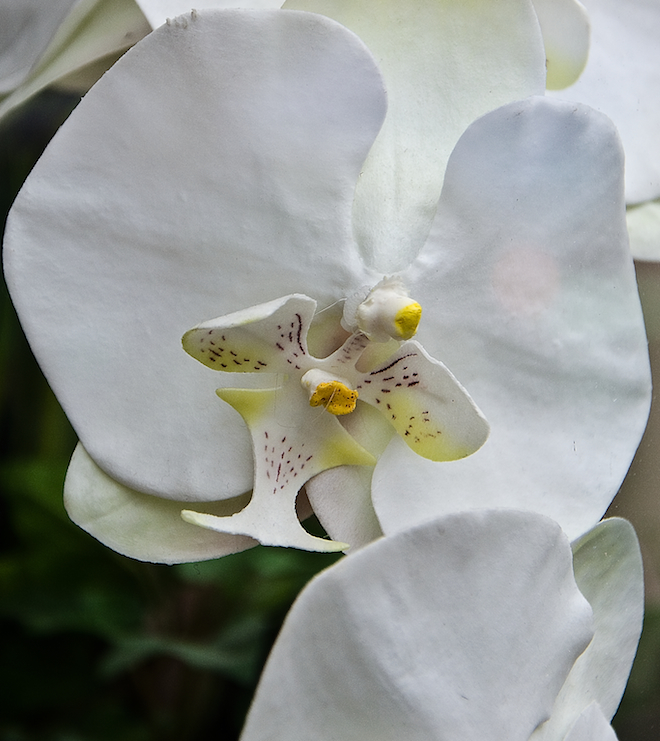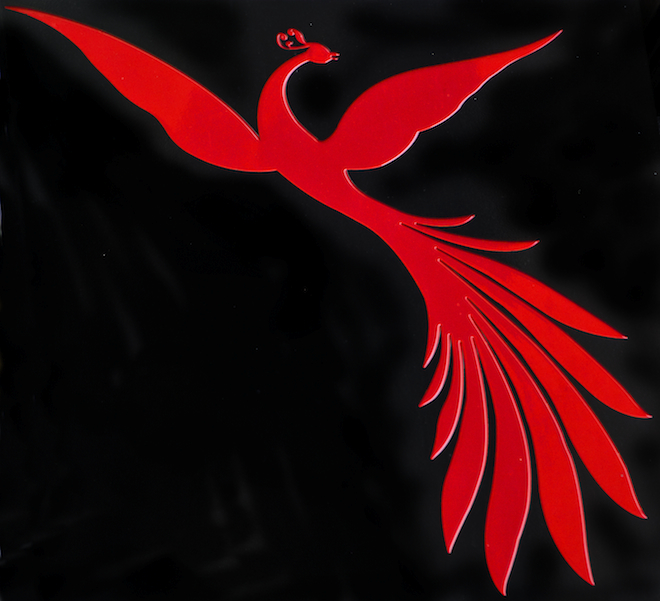
A curtain of deep night; the lights,
diamonds in darkness.
This man beside me breathing,
breath sweet, arms hot.
Three men at the front of the stage
look like the Three Magi: dark, stout,
(no necks!), high gold hats, white robes,
gold scarves over their chests.
The voice of the first sounds like a muezzin
calling us to prayer. The second is higher, but still
deep. The third fights to hit the notes;
he makes us tense with worry.
The men turn, take their seats
with the singers; three play
a red tambourine,
a flat drum, a flute.
I know before I count that they are twelve:
Twelve Apostles. Twelve months.
Twelve Greek Gods and Goddesses,
though there are no goddesses here.
The obsessive turn and return of the singing is turning
into fever, the fervor of voices building.
Two men at the left begin to touch their chests,
their heads, their knees, in rhythmic gestures.
The men gather their long white skirts and stand.
The older man moves to the right of the younger.
They bow to the singers, bow to us. And facing us,
they spin. Counterclockwise, straight as tops, they spin.
The younger man has a sculpted face,
high-bridged nose, a taut, graceful form.
A Syrian Sean Penn.
We look for just a second.
The older man, in his sixties, is shaped like a pear,
the magenta sash around his waist twice the size
of the other’s. His face is lined. His face is plain.
You wouldn’t look at him twice in the street.

And you cannot take your eyes off him. He spins
in his white skirt like a lily, like cream poured
in the shape of a bell. He spins,
hands carving sacred gestures in the air,
over his head, touching his shoulders,
open in offering, folded on his chest.
He is fused with the god for whom he dances,
his face infused with prayer.
And he is beauty.
We cannot turn our eyes away. Five minutes, ten.
No one can spin in circles that long without fainting.
He spins and spins in perfect time to the drum.
He spins as the men sing the poems of Rumi.
All evening the only word we know
is Shams[1],
the teacher who lit the ecstatic fire in Rumi.
The singers wear red fezzes[2]. The frenzy of their music
changes what we see. The hats become tall red flat-tops,
the light and music changing them to flame.
Their heads seem on fire with devotional ardor.
The spinning lilies turn and turn.
Beauty is a frenzied thing, stilled into devotion.
My love, beside me, knowing what attracts me,
weeks ago bought tickets to this cercle de l’extase[3].
Arm in arm, we walked two blocks
to l’Institut du Monde Arabe[4],
I touch his cheek. We burn with devotion.
This is how we live, as if on fire.

[1] Rumi, born on the Eastern shores of the Persian Empire on September 30, 1207, was a charming, wealthy nobleman, a genius theologian and a brilliant but sober scholar, who in his late thirties met a wandering and wild holy man by the name of Shams. In Rumi's own words, after meeting Shams he was transformed from a bookish, sober scholar to an impassioned seeker of the truth and love.
Rumi and Shams stayed together only two years, but the impact of their meeting left an everlasting impression on Rumi and his work. After Shams was murdered by Rumi's youngest son, Rumi fell into a deep state of grief and gradually, out of that pain, poured out nearly 70,000 verses of poetry, which include about 2000 quatrains. They are collected in two epic books named, Divan-e Shams-e Tabrizi and Massnavi (Mathnawi).”
Today three countries claim him as their national poet: Iran, Turkey and Afghanistan.
--After Shahram Shiva
[2] The fez (Turkish: fes, plural fezzes or fezes[1]), or tarboosh ( Arabic: طربوش), is a felt hat either in the shape of a red truncated cone or in the shape of a short cylinder made of kilim fabric.
[3] circle of ecstasy
[4] The Arab World Institute